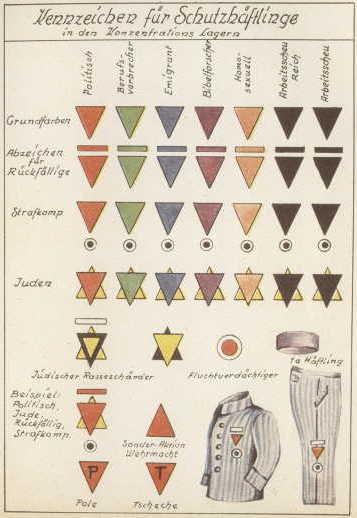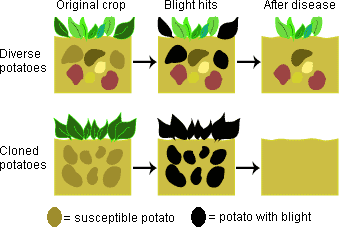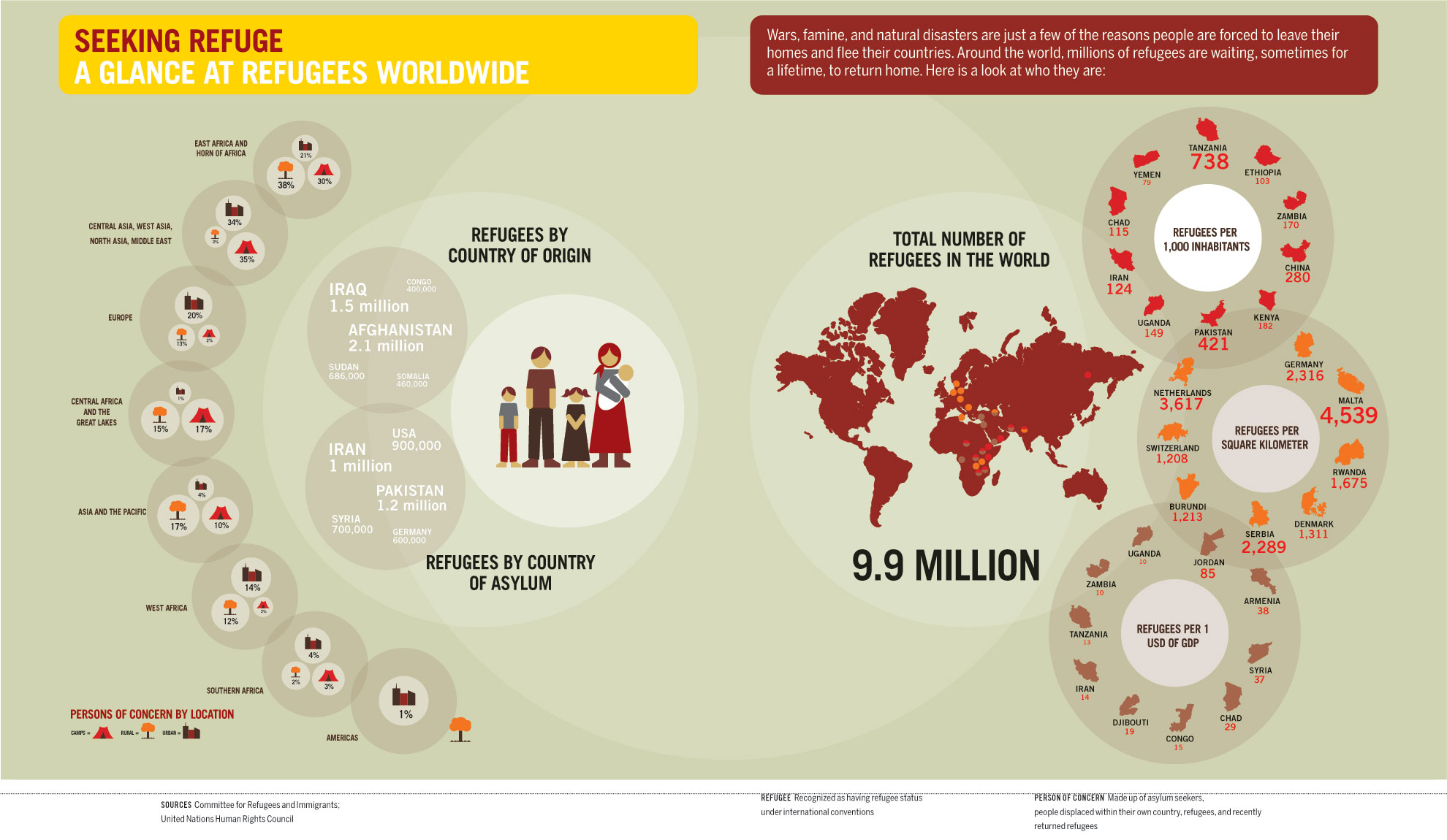Ryan sent in a story about the video game Border Patrol, in which you try to keep three types of Mexicans from crossing the border: drug dealers, Mexican nationalists, and “breeders,” who are of course pregnant women on their way to the welfare office:

According to Kotaku, a city representative in Georgia emailed it to colleagues with the following note:
THIS IS WAY TOO MUCH FUN!!!!!!!!!!!! Makes you feel better anyway, I did my part today, I kept a few from coming over!!! GET READY —- THEY ARE FAAAST! ! !
Classy.
And the Star of David on the American flag is a nice touch.
NOTE: A number of commenters have made various suggestions about what the Star of David might mean–support for Israel, a conflation of Jewish and Christian values as “American,” etc. I don’t know for sure, but my best guess is that it’s an added little bit of racism. If a few of my relatives are any indication, anti-immigrant and anti-Semitic sentiments often seem to go well together. One of my relatives who is virulently anti-immigrant also once gave my mom a video to watch and when she turned it on she realized it was this anti-Semitic thing about how Jews are trying to institute a New World Order. So I tend to think it’s supposed to indicate, as one commenter said, that the U.S. has been weakened and taken over by ineffectual liberalized Jews who are letting all the immigrants in as part of their master plan to….well, I don’t really know what the master plan is. I will see if I can find out when I visit my family members and let you know so we can all prepare. Or, for our Jewish readers, take part, I guess. Oh, wait, duh. Our Jewish readers already know. I forgot. One of my long-lost relatives from Arkansas explained to my mom how Jews communicate through all the symbols on packaging (you know, like TM, (R), and so on) to spread instructions for…well, again, since I don’t know the Mysterious Master Plan, I don’t know what the instructions are about. My poor mother has asked me on multiple occasions why people seem to think she’d want to hear bad things about Jewish people. My mother has her faults, but anti-Semitism isn’t one of them, so I’m going to have to chalk it up to the bad luck of being related to a lot of crazy racist people.
Anyway, that was my rambling way of saying I don’t think the Star of David on the flag is a pro-Israel thing.
NEW! (Oct. ’09) Katie J. sent us a link to the video game El Emigrante, in which you (in sombrero) ride a bike and try to avoid the police after you jump the border wall:







